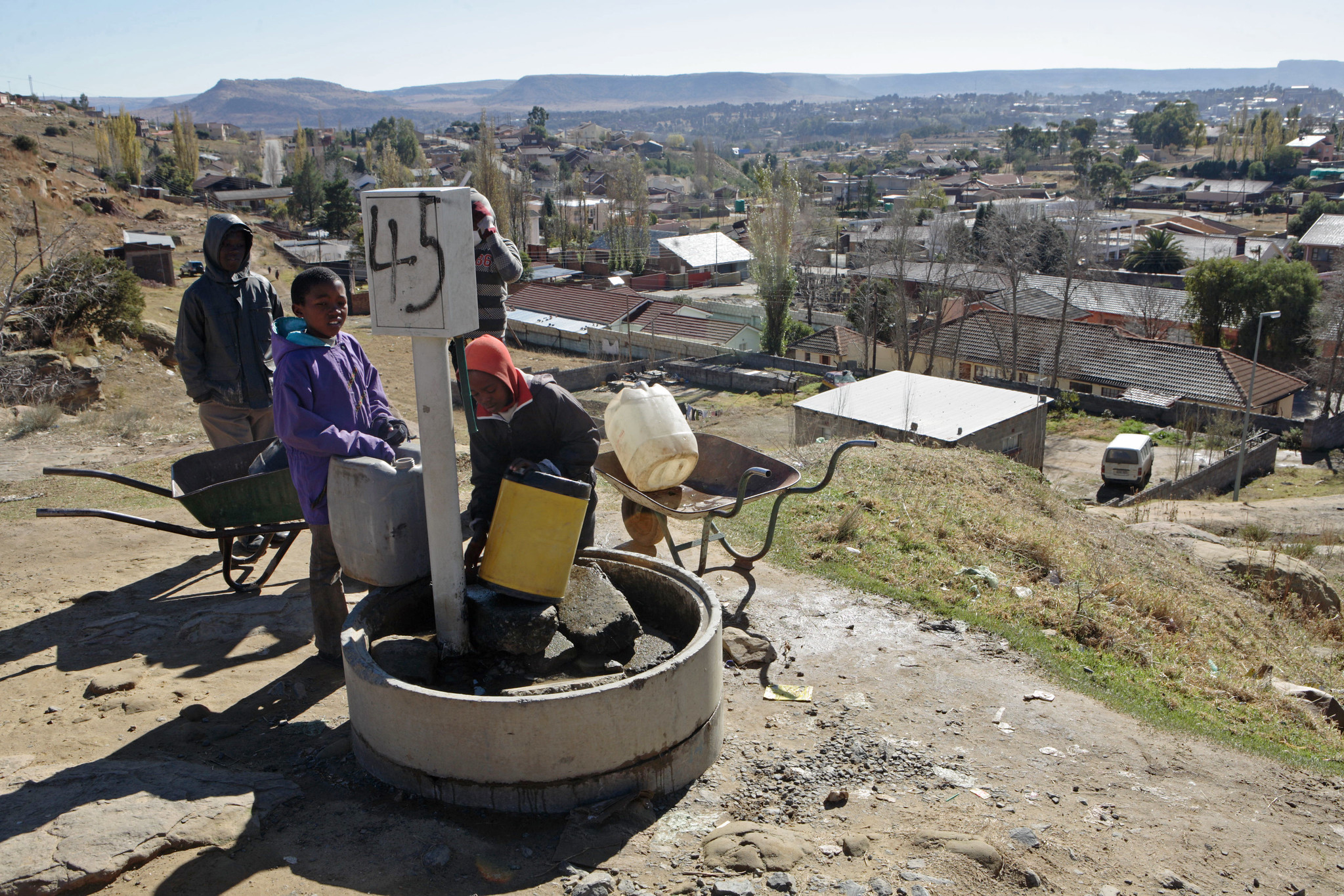Addressing Lesotho’s Water Crisis

Lesotho gained independence from the United Kingdom in 1966 and is one of Africa’s few remaining constitutional monarchies. Although Lesotho is one of the youngest and smallest countries in Africa, it has the second-highest adult HIV/AIDS rate in the world. Surrounded by South Africa and plagued by devastatingly high disease and poverty rates, Lesotho’s economic situation is unique. Water generates significant revenue and growth for the country, with the water industry responsible for roughly 8 to 10% of the country’s gross domestic product (GDP). However, the Highlands, a water-rich region in Lesotho, is susceptible to the uncertainties of climate change, leading to the beginning of Lesotho’s water crisis.
Lesotho’s Water Industry
The country’s access to abundant clean water led to the creation of the Lesotho Highlands Water Project (LHWP), with the Highlands’ Orange-Senqu River Basin as the center of Lesotho’s water sector. Lesotho’s water industry now supplies various water-poor countries and regions within the southern tip of Africa.
Contributing more than 3% of the country’s GDP, the LHWP uses hydroelectric power to transfer water from Lesotho to the Gauteng region of South Africa, where water is even more scarce. However, while the water industry brings in revenue, it has also inadvertently created great scarcity for Lesotho’s rural citizens.
Water Scarcity in Lesotho
Lesotho’s water industry involves many trade-offs, including decreased water security for both urban and rural residents. Local communities lack the infrastructure needed to benefit from Lesotho’s water supply. As a result, citizens of Lesotho have limited access to a resource that is historically abundant in the region.
Aside from the inadequate domestic water supply, changes in climate will also affect the long-term sustainability of Lesotho’s water industry. The region has a history of high temperatures, inconsistent precipitation and detrimental droughts. For example, El Niño-induced droughts have created states of emergency that lasted for more than six months. Lesotho’s vulnerability to climate change makes long-term plans to maintain the water industry and improve domestic water access imperative.
Addressing Lesotho’s Water Crisis
Lesotho recognizes its water crisis and is working to reduce water insecurity throughout the country. Developing new sources of water and water treatment, advanced transfer methods and increased bulk resource storage are all tenets of the Lesotho Lowlands Water Supply Scheme (LLWSS). Following Phase I’s completion in 2003, LLWSS is currently completing Phase II of the program. This phase includes further social, developmental and environmental programs that aim to advance infrastructure, dams, tunnels and local hydropower.
The Metolong Dam and Water Supply Program (MDWSP) will likely benefit more than 400,000 citizens of Lesotho and increase the quantity of safe water while also strengthening the water industry. The Lowlands Rural Water Supply and Sanitation Program is an extension of MDWSP focused on improving universal and sustainable access to clean water in Lesotho’s rural areas.
The three aforementioned programs are only a few of the ways Lesotho is addressing its water crisis. Water scarcity is a facet of poverty that many countries struggle to fight. Lesotho is working toward widespread access to clean water through long-term solutions while continuing to grow an important sector of its economy.
– Annaclaire Acosta
Photo: Flickr
